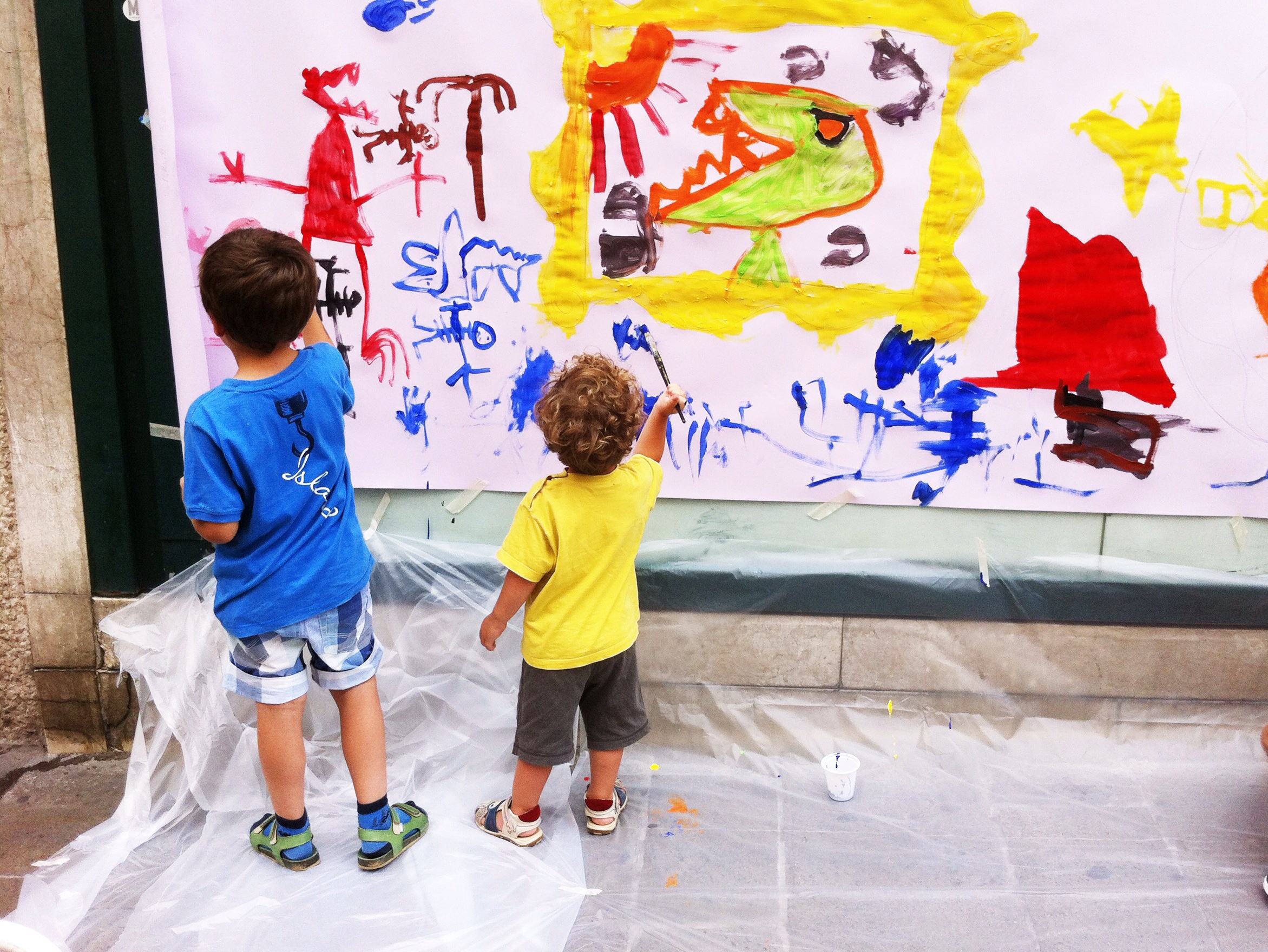Seen in just about every business magazine lately is a new buzzword, a new type of employee, an innovator who can see what isn’t, has clarity of vision for the space in between. Better known as a Disruptor; this person not only asks, “Why don’t we?” but also, “Why shouldn’t we?” and “Who says we can’t?” Disruptors color outside the lines. They get an adrenaline rush from the vast world of possibilities in all that blank space outside the lines, the “Imagine if we only (fill in the blank).”
Disruptors are creative people. Creativity lives in their thought and approach to problem solving. I know some of you are rolling your eyes and are getting frustrated just reading this. I get it. Creative people can be messy, making messes when there is work to be done and then productivity suffers. They are disruptive! But are creativity and productivity really that far apart? They are more closely related than you might think.
According to Entrepreneur, organizations that encourage creativity experience higher employee engagement and overall higher productivity. It isn’t just a nice side effect of a feel good human resource program–it improves employee loyalty by demonstrating that employees can change their workplace and their ideas are valued. When employees are free to question–they never get stuck in the age old rut of “We’ve always done it this way.” When things aren’t done in the same old way–innovation is born!
These companies have nailed it when it comes to encouraging creativity in the workplace:
- 3M–every engineer gets an hour each day to do what they want, be it working on an outside hobby or a side project.*
- Maddock Douglas–employees are allowed 100-200 hours a year for pursuing anything of interest.*
- WL Gore & Associates–the creators of Gore-Tex let employees spend 10% of their work week on self-selected initiatives.*
- Google–engineers regularly have up to 20% of their work week to work on creative projects away from their jobs.**
- HubSpot–lets employees join another team for a while to learn about that part of the business. **
- Microsoft–holds “Science Fairs” twice a year to highlight tech projects that employees are working on in their spare time.**
- Sagmeister & Walsh–every seven years, this design agency closes for a year to allow all employees to rejuvenate and refresh their creative outlook. **
Creativity takes courage.
Fear of failure, criticism and judgment are all enemies of creative thought. In order to develop that original thought we need to work through failures and criticism as they address flaws in our idea. Companies that encourage creativity and foster it in the workplace give people the freedom to fail. Removing the fear of failure keeps the ideas flowing and productivity growing. Fear of failure hijacks new ideas and hurts productivity. People color between the lines because of that fear, forgoing new possibilities and new and more effective ways of working.
Ready to be a Disruptor?
Ready to grab that box of 64 crayons and color outside the lines? See the tips below to encourage and grow your creative thoughts.
- Be curious–about everything.
- Experiment and play. Learn a new language, a new instrument, a new game. Make something: food, a bird house, a book.
- Use empathy to understand other perspectives. Understanding how others think and feel allows for broader more in depth thinking.
- Look for the lessons in failures and criticism. Don’t take it personally. See the criticism/failure for what it is: another chance to keep playing!
- Reframe problems. How might someone else see that problem? Is it a problem to everyone or just to your specific work area?
- Question assumptions. Always ask why? Why is it done this way?
- Step back from things from time to time. Put it all away and stop thinking. Physical activity is a great way to stay active but give your thoughts some down time.
- Get enough sleep. Sleep is when the brain consolidates new learning and strengthens new pathways. Creative thinking and innovation lives in new pathways.
Carve some time out your week to be creative. Encourage thoughtfulness and set aside time to be curious and full of wonder. It is okay to start small; and remember, there is enough space outside the lines for all of us.
**batterii
TC86861(0915)1

